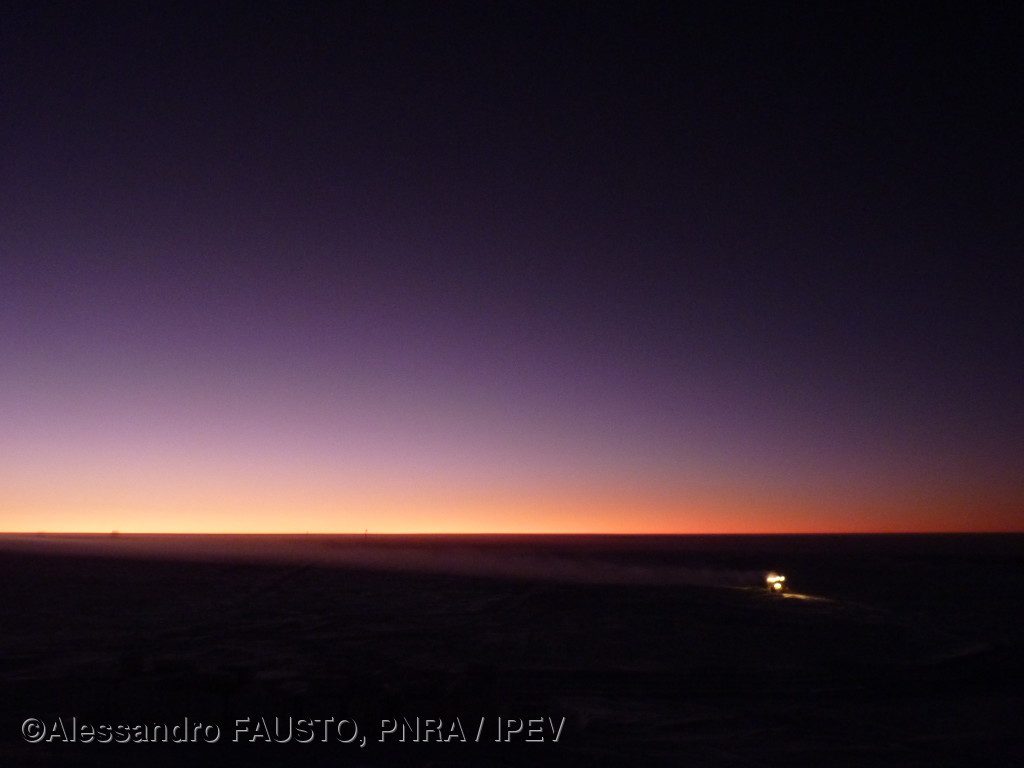Enfin nous avons vu une aurora visibles à l’œil nu.
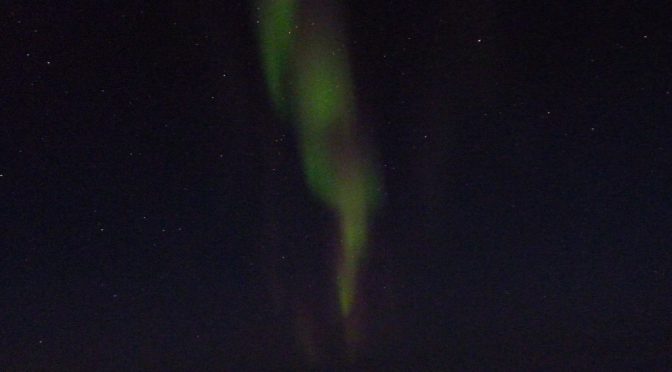
L’arrivée des premiers aube et crépuscule a surpris nous avec une multitude de couleurs inattendues.
Les couleurs classiques liées au soleil couchant sont beaucoup plus intenses que celles que nous sommes habitués.
Pour la première fois je ai vu grandir du côté opposé du coucher du soleil nuances de rose et de pourpre qui donnent peu à peu la place à une plus grande tranche de l’obscurité. De toute évidence que pendant les aube le processus est inversé.
La plus belle chose est d’observer le ciel séparé dans un grand V, d’une part les couleurs claires (jaune / orange) se dégradent jusqu’à ce qu’il atteigne au point minimum à partir duquel les couleurs sombres (rose / violet) se vans renforcer.
Les mêmes constructions humaines créent des effets lumineux avec les reflets des fenêtres, des étreintes fascinantes avec les grandes lignes de leur structure ou leur contraste avec l’ éclairage intérieur.
We saw a soft white glow from the window and a photo confirmed that there was an aurora outside.
The spectacle is outstanding: two auroras cross the sky making a big X.
Just for few minutes the intensity became stronger and visible to the naked eye. A big gift for Elvio’s Birthday (september 1)
I have enhanced the photos (luminosity +70, contrast +60) to show the aurora but the color rendering depends on your monitor
Every night the window of my room opens my eyesight over an awesome universe of stars.
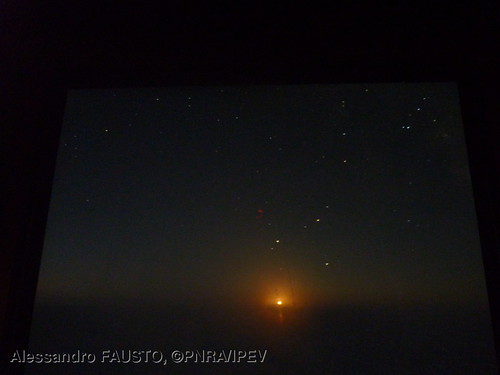 |
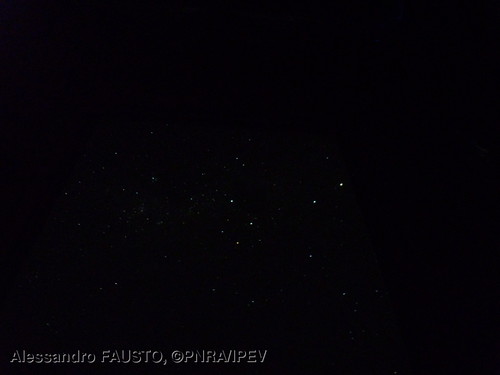 |
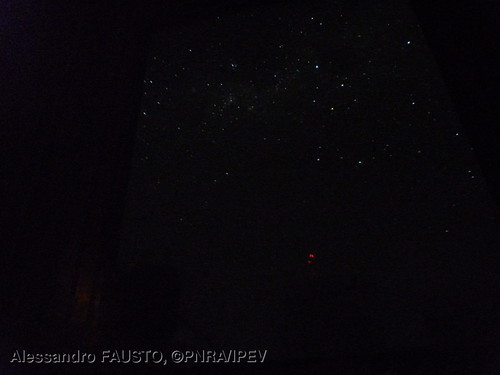 |
Outside the window the environment is hostile. The temperature stays between -55°C and -75°C and the average pressure is around 644.4 hPA. Is a double window and between the two windows the temperature stays between -22°C and -41°C. The border of external window is covered by a thick layer of ice. The day (or when i lit the light) the internal window glass show a spectacle of ice cristals.
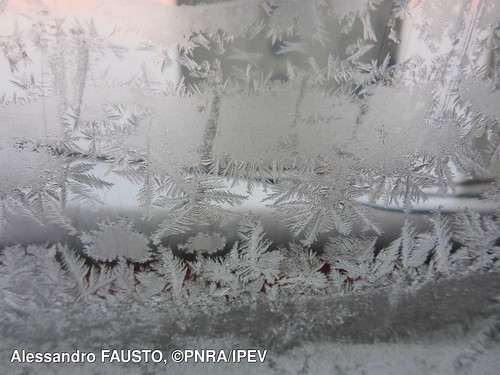 |
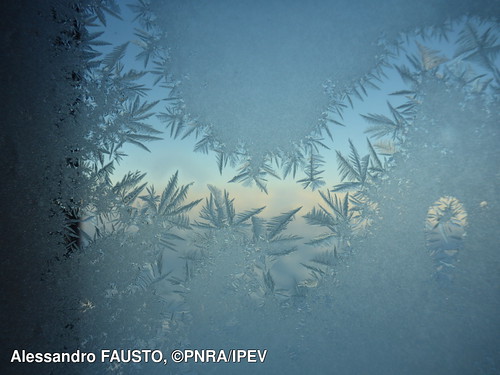 |
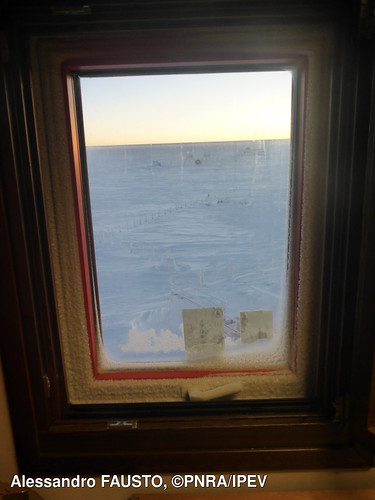 |
Also the antarctic night has its wonders. The night sky with stars, planets, satellites, meteors, the milkyway and the Moon.
A lot of people are afraid about perennal night but if you have a lot of interests and keep in touch with your love, parents or friends it is simple to avoid the winterover syndrome (at least for me).
You couldn’t observe all these wonders with the Sun.
Photography is one of my best interests here, followed by wood carving and painting.
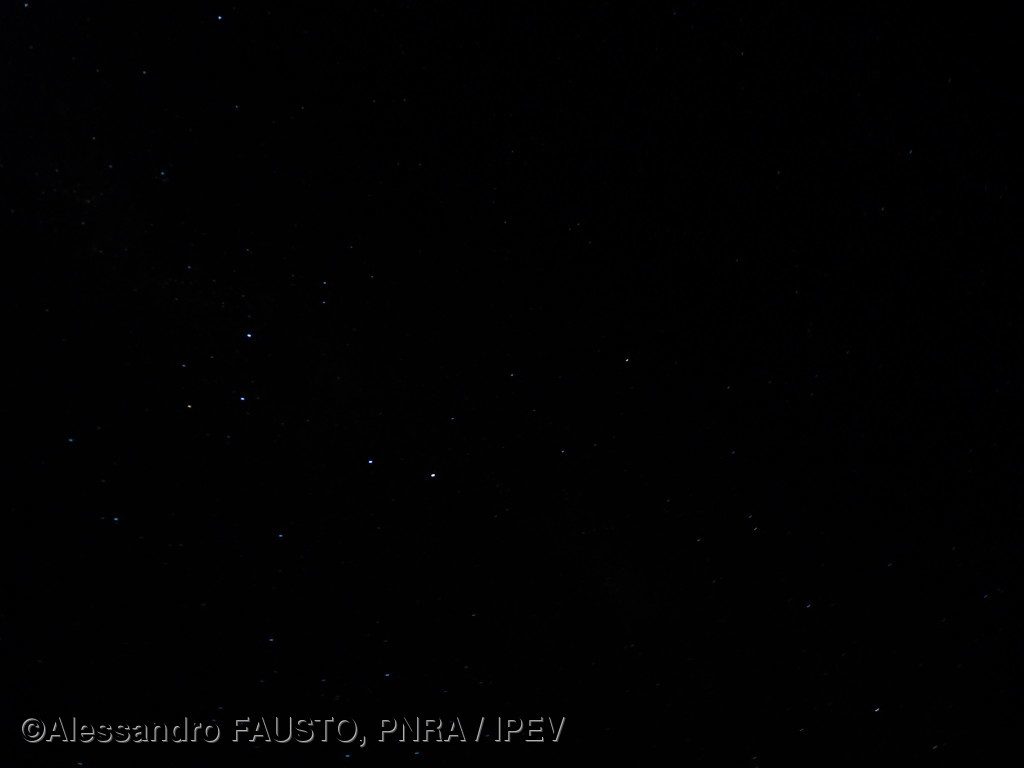
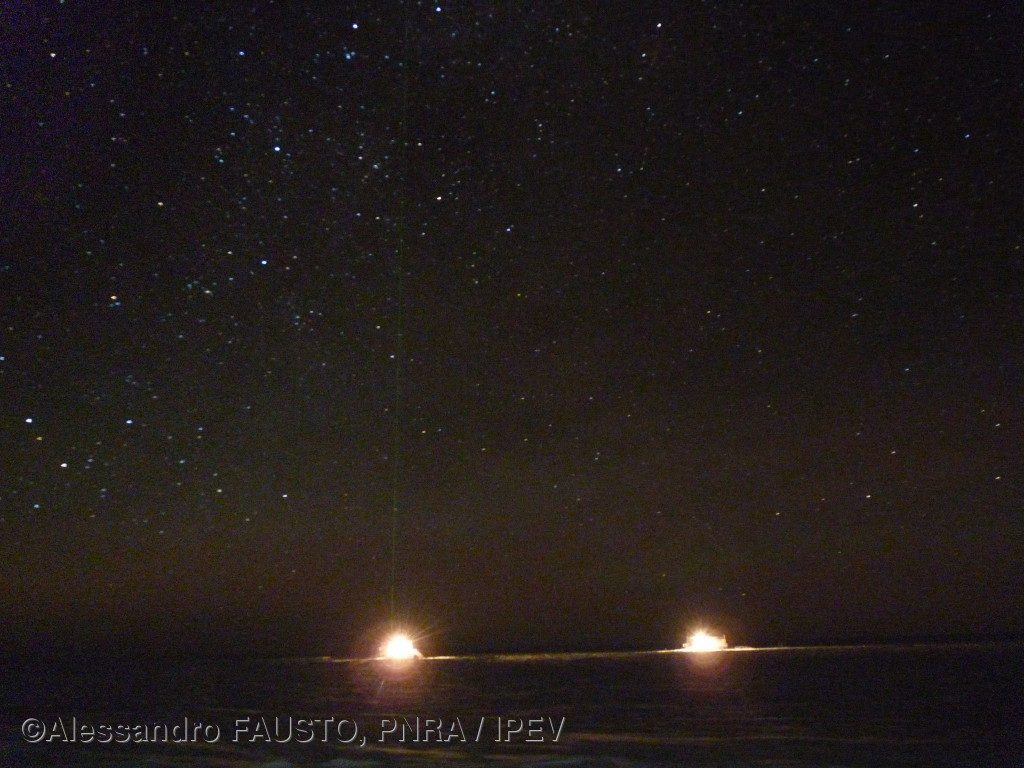
This is one concreate pillar tall as least 3 meters near the astronomical shelters. The first photo is oversaturated because it is very difficult to regulate the photocamera parameters at -65°C. In some case you have to remove your gloves, act on controls and put back the gloves as faster as you can. But after few shots the camera controls start to freeze, the LCD updates the images really slowly and the shot button starts to become unresponsive.
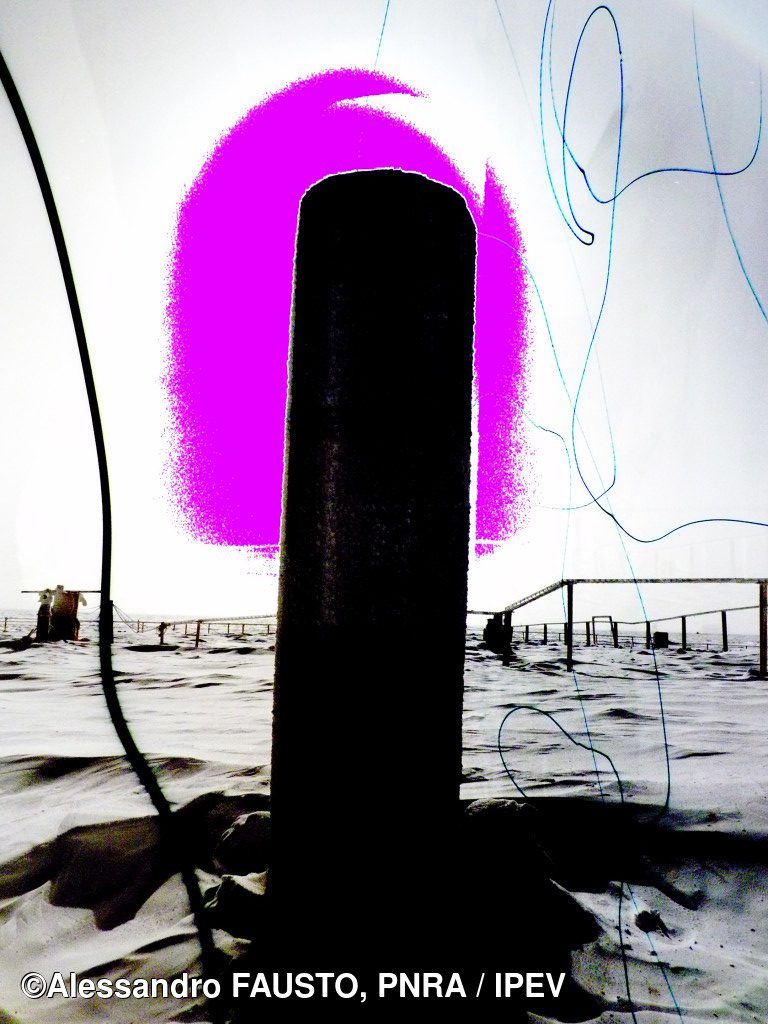
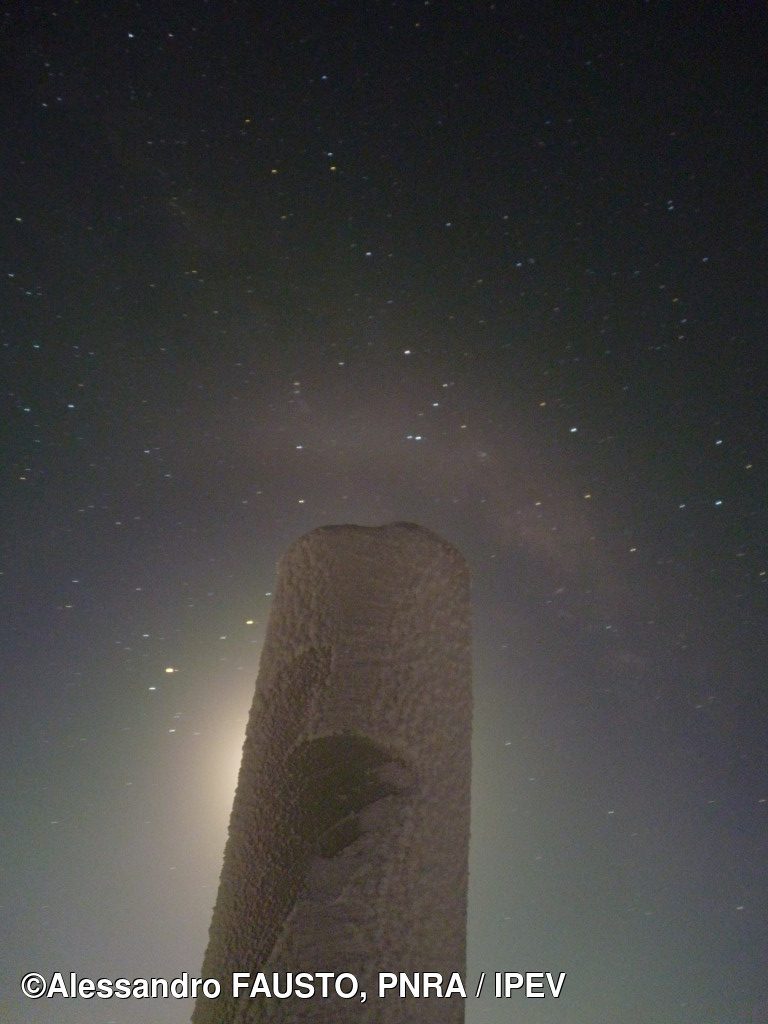
The 14 July a reddish light paints the DomeC horizon. Sunlight intensity is just above the lower limit of my fotocamera sensitivity.
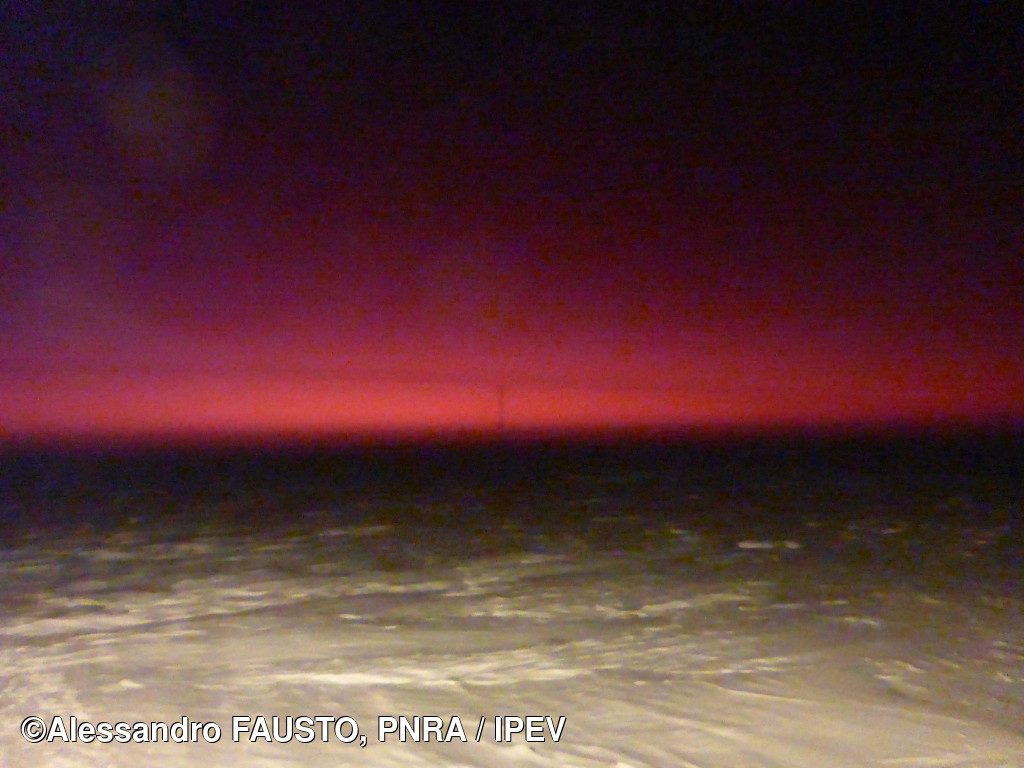
Two days after a stronger shades of jellow, orange and violet start to lit the horizon
